Fragment, CJC1295, Ipamorelin 12mg (Blend)
SKU
$94.00
HGH Fragment 176-191 6mg, CJC1295 3mg, Ipamorelin 3mg (12mg Total Blend)
Size: 12mg
Contents: Fragment 176-191 6mg, CJC-1295 3mg, Ipamorelin 3mg
Form: Lyophilized powder
Purity: >99%
Fragment 176-191 & CJC-1295 & Ipamorelin Blend are Synthesized and Lyophilized in the USA.
CJC-1295 and Ipamorelin are research peptides and when combined together are effective in all aspects of anti-aging. They are still under investigation but results so far include positive effects in increasing natural growth hormone levels, inflammatory diseases, improving energy, and overall health.
PRODUCT USAGE WARNING : This PRODUCT IS INTENDED AS A RESEARCH CHEMICAL ONLY. This designation allows the use of research chemicals strictly for in vitro testing and laboratory experimentation only. All product information available on this website is for educational purposes only. Bodily introduction of any kind into humans or animals is strictly forbidden by law. This product should only be handled by licensed, qualified professionals. This product is not a drug, food, or cosmetic and may not be misbranded, misused or mislabled as a drug, food or cosmetic.
Description
BUY FRAGMENT 176-191 CJC-1295 IPAMORELIN BLEND PEPTIDE FOR SALE ONLINE
Fragment 176-191 & CJC-1295 & Ipamorelin Peptide Blend
Researchers have suggested that growth hormone-releasing peptides (GHRPs), growth hormone secretagogues (GSHs), and analogs of growth hormones (hGH) may exhibit potential to promote growth hormone secretion. When taken together, they may exert beneficial actions on an organism. These include increased fat metabolism, increased lean mass, better sleep cycle, and good intestinal and cardiac functioning. CJC-1295 is a synthetic peptide composed of 29 amino acids analogous to the growth hormone hGH. Ipamorelin is a synthetic pentapeptide and has been categorized by scientists as one of the growth hormone secretagogues (GSH). Fragment 176-191 peptide, as the name suggests, is a small ‘fragment’ of the growth hormone hGH composed of 15 amino acids. Taken together, this blend may help trigger a small portion of the pituitary gland, possibly stimulating the release of growth hormones. This blend appears to help regulate growth hormone concentration and maintain equilibrium levels.
Fragment 176-191 CJC-1295 Ipamorelin Peptide For Sale online only at USA Peptide Store where you can buy USA Research Peptides online. Shop over 100 research peptides online now for fast shipping and the best deal! Buy in bulk and Save! USA Peptide Store Your #1 Trusted USA Research Peptides Supplier.
If this product does not meet your needs or interests, you may want to look at Fragment, Modified GRF, Ipamorelin 12mg (Blend). Please visit this link for further information on our HGH Peptides and Peptide Blends.
Chemical Makeup
Molecular formula
CJC-1295: C152H252N44O42
Ipamorelin: C38H49N9O5
Fragment 176-191: C78H125N23O23S2
Molecular weight
CJC-1295: 3367.9 g/mol
Ipamorelin: 711.9 g/mol
Fragment 176-191: 1817.12 g/mol
Other known titles
CJC-1295:
- CJC-1295 with DAC
- CJC-1295 without DAC
Both forms of CJC-1295 peptide appear to essentially exert the same action; however, the addition of DAC (known as the drug affinity complex) may significantly change the duration of the action of the peptide. CJC-1295 with DAC may have longer-lasting action than CJC-1295 without DAC.
Ipamorelin:
- Ipamorelin Acetate
- IPA
Fragment 176-191:
- AOD 9604
- GH (hGH) lipolytic fragment
- Somatostatin (177-191), tyrosyl
HGH Fragment 176-191 houses the primary proposed ‘lipolytic fragment’ of the growth hormone (HGH) and it potentially targets the beta-3 adrenergic receptors (ADRB3), which may facilitate its suggested weight-loss potential. This peptide is proposed to amplify fat burning in adipose tissue cells and stimulate ‘thermogenesis’ in skeletal muscle cells via these receptors.
CJC-1295, also termed DAC: GRF, is an apparently enhanced version of GHRH (1-29) crafted to potentially optimize its pharmacokinetics. It is posited to elevate Growth Hormone and Insulin-Like Growth Factor 1 (IGF-1) levels. Research suggests it may boost Growth Hormone production between 200-1000%. Furthermore, CJC-1295 is believed to increase plasma IGF-I concentrations by 1.5- to 3-fold. This surge in growth hormone levels is purported to be sustained for about a week, suggesting a long-lasting CJC-1295 action.
Ipamorelin, a five-amino-acid chain, is identified as a Growth Hormone Secretagogue (GSH). It’s posited to function similarly to Growth Hormone Releasing Peptides (GHRPs) and to apparently emulate the natural hunger hormone, ghrelin, particularly its potential to stimulate the release of HGH from pituitary cells. Ipamorelin has been studied for its potential in boosting vitality and health, with possible anti-aging effects on skin cells and other tissues. A potentially notable feature of Ipamorelin research is its selectivity and its reported negligible influence on the secretion of other pituitary hormones like cortisol, prolactin, and aldosterone.
Fragment 176-191 Specifications
MOLECULAR FORMULA : C78H125N23O23S2
MOLECULAR WEIGHT : 1817.1 g/mol
SEQUENCE : Tyr-Leu-Arg-Ile-Val-Gin-Cys-Arg-Ser-Val-Glu-Gly-Ser-Cys-Gly-Phe
CAS NUMBER : 66004-57-7
RECONSTITUTION : Required
CJC-1295 Specifications
MOLECULAR FORMULA: C152H252N44O42
MOLECULAR WEIGHT: 3647.954 g/mol
SEQUENCE: H-Tyr-D-Ala-Asp-Ala-Ile-Phe-Thr-Gln-Ser-Tyr-Arg-Lys-Val-Leu-Ala-Gln-Leu-Ser-Ala-Arg-Lys-Leu-Leu-Gln-Asp-Ile-Leu-Ser-Arg-Lys(Mal)-NH2
PUBCHEM: CID 56841945
RECONSTITUTION: Required
OTHER: DOES NOT CONTAIN DAC
Ipamorelin Specifications
MOLECULAR FORMULA: C38H49N9O5
MOLECULAR WEIGHT: 711.85 g/mol
SEQUENCE: Aib-His-D-2Nal-D-Phe-Lys-NH2
PUBCHEM: CID 9831659
CAS NUMBER: 170851-70-4
RECONSTITUTION: Required
Potential of Fragment 176-191 & CJC-1295 & Ipamorelin Peptide Blend
Studies in animal models have suggested the efficacy of Fragment 176-191, a short stretch of growth hormone (HGH), in promoting fat mobilization and triggering a metabolic shift towards the perpetuation of lean body mass. It appears to further lack the proposed implications sometimes seen with hGH supplementation, such as long-bone growth, reduced sensitivity to insulin, and edema. It has been reported by researchers to potentially boost natural immune system functioning, metabolic processes, and promote cartilage regeneration. The peptide fragment has also been observed to promote GH secretion by regulating physiological processes involved in GH synthesis. The scientifically-studied potential of Fragment 176-191 include effective fat burning via increased lipolysis and decreased lipogenesis and adequate energy levels. It does not appear to significantly alter glucose tolerance, insulin sensitivity, or IGF-1 levels, though more research is needed to further support these hypotheses.
CJC-1295 is another synthetic GH releasing hormone. It appears to promote the production of GH and can be used as a potential stimulation for GH synthesis. Researchers have commented that the peptide appears to cause “increases in mean plasma GH concentrations by 2- to 10-fold […] and in mean plasma IGF-I concentrations by 1.5- to 3-fold…” CJC-1295 has been primarily researched for its potential in mitigating actions frequently associated with aging. CJC-1295 may improve basal as well as highest physiological levels of GH. It may further increase the availability of free GH in plasma. Numerous studies have suggested that CJC-1295 may maintain normal growth and body mass. For example, research involving murine specimens with a GHRH gene deletion (known as GHRHKO) noted that CJC-1295 might exhibit tissue-specific effects. When these GHRHKO specimens were exposed to CJC-1295, they seemed to maintain standard weight and length, compared to control models which failed to achieve normal weight and length. Moreover, both the relative lean mass and the subcutaneous fat mass remained at control levels across all peptide-associated groups, indicating that the CJC-1295 may potentially benefit muscle and bone tissues without stimulating an increased adiposity. Another standout observation by the scientists was a potential rise in total pituitary RNA and GH mRNA due to CJC-1295, suggesting a possible increase in somatotroph cells – the pituitary gland cells believed to produce growth hormone. This cell increase was further corroborated by immunohistochemistry visuals. By potentially regulating growth hormone production, CJC-1295 may possibly provide positive action against naturally occurring processes associated with organism aging, attributed to decreased growth hormone production.
Ipamorelin is a peptide that research studies indicate may function as an agonist for the GH secretagogue receptor. It has been studied in combination with Fragment 176-191 and CJ-1295 for the potential to synergistically enhance the secretion of GH and maximize its physiological level. Animal studies have suggested Ipamorelin to be beneficial in regulating insulin and bone mineralization. The researchers reported that it “stimulates insulin release through the calcium channel and the adrenergic receptor pathways.” Interestingly, it appears to mediate an immediate short-term response, causing a rapid GH release. CJC-1295, by contrast, appears to exercise a long-term influence by enhancing GH secretion over an extended duration and helps maintain standard physiological secretion patterns of GH. Having a reported half-life of just 2 hours, Ipamorelin may be cleared more rapidly. Keeping in view the pharmacokinetics of the two peptides, researchers have studied them in combination to ensure a rapid response (attributed to Ipamorelin) and long-lasting action (owing to CJC-1295).
Ipamorelin may also have potential action outside GH-producing cells, such as affecting the function of osteoblasts in bone. In murine research scientists investigated the potential of either Ipamorelin or a placebo on bone tissue. Bone mineral density (BMD) changes were tracked in real-time using dual X-ray absorptiometry (DXA). Post-research, the femurs were examined with mid-diaphyseal peripheral quantitative computed tomography (pQCT). The preliminary results possibly indicated a weight increase and a potential rise in tibial and vertebral bone mineral content (BMC) with Ipamorelin, as observed by DXA, compared to the placebo. However, when accounting for weight, no significant BMC shift was observed. There was a possible increase in tibial BMD (ratio of BMC to area), but overall and vertebral BMDs might have remained consistent. pQCT data possibly suggested the cortical BMC boost could be due to a larger bone cross-section, while the cortical volumetric BMD (bone volume density) might have stayed stable. Both femur and vertebrae sizes could have potentially increased, but their volumetric BMDs seemed unchanged. These findings suggest that the observed BMC increase might potentially be attributed to improved bone size and structure, while the volumetric BMD possibly remained the same.
Fragment 176-191
Fragment 176-191 is a small section of human growth hormone sequence (hGH) that has been shown in animal models to enhance fat burning and shift metabolism toward the maintenance of lean body mass. Research also suggests that fragment 176-191 also lacks many of the side effects caused by hGH such as decreased insulin sensitivity, long-bone growth, and edema. That said, the fragment could contribute to the normal physiologic mechanisms that control GH secretion and could therefore positively affect levels of GH according to recent research studies.
CJC-1295
CJC-1295 could counteract the GH effects of fragment 176-191 as it is a synthetic growth hormone releasing hormone and therefore stimulates the release of G. CJC-1295 acts to increase basal and peak levels of GH and has also been shown to increase free plasma levels of GH. Only free GH is biologically active. CJC-1295 can therefore compensate for a normal physiologic response to fragment 176-191. This would allow for the benefits of fragment 176-191 to be realized without having any impact on normal GH secretion.
To further boost GH secretion above basal levels and to particularly affect peak GH secretion, Ipamorelin could be added to the mix. Ipamorelin is a growth hormone secretagogue receptor agonist that has been shown in animal studies to have potent and specific effects on GH secretion while having very limited side effects. Ipamorelin has also been shown to be highly beneficial to bone mineralization and insulin control in animal models. Ipamorelin is a short-acting peptide whereas CJC-1295 is a longer-acting peptide. The former provides rapid onset GH release while the latter acts to raise GH secretion over longer periods and maintain normal physiologic secretion patterns.
Fragment 176-191 & CJC-1295 & Ipamorelin Blend, and Growth Hormones
Test subjects aged between 20 and 40 were enrolled in a clinical trial. All subjects were divided into two groups – one was presented with a saline placebo and the rest with the peptide. A blood sample was collected from all subjects before and after the peptide presentation. After completion of the study, it was reported by the researchers that the peptide group appeared to exhibit a 7.5-fold increase in their growth hormone levels compared to the standard group. The trend suggested that these hormones increased gradually throughout the study and remained unchanged for at least 7 days after discontinuing presentation. Another study was conducted on male test subjects aged between 20 and 60. Similar to the previous study, these subjects were also divided into two groups – one was presented with a placebo while the rest were given the peptide. The peptide group was given gradually increasing concentrations of the compound during the study. Upon analyzing the blood samples collected from these subjects, it was observed that there appeared to be a concentration-dependent increase, of up to 10 times, in the concentration of growth hormones among the peptide subjects. As per Madalina Ionescu et al., “The marked enhancement of trough GH levels by continuous GHRH stimulation implicates the importance of this effect on increasing IGF-I. Long-acting GHRH preparations may benefit patients with intact pituitary GH secretory capability.”
From the year 2000 onwards, there have been numerous studies conducted on test models exhibiting growth hormone deficiency. The results so far have posited that these peptides have either of the two mechanisms of action:
- Potential ability to stimulate the pituitary gland to release growth hormones, or
- Potential ability to act on the arcuate nucleus of the hypothalamus
In a clinical study focused on young test subjects, six growth hormone deficient subjects were enrolled for eight months and were presented with various concentrations of growth hormone release stimulating peptides. All subjects were diligently monitored throughout the study for any increased growth hormone secretion. After the completion of the study, it was reported by the researchers that there appeared to be a gradual, constant increase in the levels of growth hormones in all the subjects, even after discontinuing peptide. As per V Mericq et al., the studies suggested that the peptides were “well tolerated and can stimulate GH secretion.”
Fragment 176-191 & CJC-1295 & Ipamorelin Blend, and General Research
As part of one clinical study, numerous test subjects were subjected to growth hormone secretagogues and growth hormone-releasing peptides in order to study the potential of these peptides. All these subjects were monitored for any physiological changes. After completing this study, it was noted that there appeared to be a significant improvement in the growth rate of all subjects. It may have also led to increased hunger, improved lean mass, improved sleep cycle in all test models, possibly also reducing bone turnover in obese subjects. The study report states these peptides “increase lean body mass, reduces fat mass, increases exercise tolerance and maximum oxygen uptake, enhances muscle strength, and improves linear growth.”
Fragment 176-191 & CJC-1295 & Ipamorelin Blend, and Lipolytic Action
A clinical trial was conducted in 2004 to study the peptide’s potential lipolytic (fat-burning) action. 300 test subjects were enrolled in this study were all presented with the Fragment 176-191 peptide for 12 weeks. These subjects were divided into 6 groups – one given a saline placebo, and the rest presented with different peptide concentrations. The group presented with minimal peptide presence appeared to exhibit a notable reduction in their body weight (up to 2.8 kilograms). These peptides may have also helped improve these subjects’ cholesterol profiles and glucose tolerance levels. The research team stated, “The evidence from the trial is that over 12 weeks, [the peptide] induces competitive weight loss with accompanying health benefits…”
Fragment 176-191 & CJC-1295 & Ipamorelin Blend, and Regeneration
Thirty-two experimental rabbits were examined as part of this 2015 study, all of whom were divided into four groups of eight. All four groups were presented with placebo, Fragment 176-191 peptide, hyaluronic acid, or a combination of the peptide ad hyaluronic acid for about 7 weeks. After the completion of the study, all rabbits were checked for any signs of cartilage damage. Among all groups, the rabbits presented with peptide and hyaluronic acid combination appeared to show minimal cartilage degeneration. These results suggest that the peptide may have the capability to enhance cartilage regeneration and repair. The report concluded that “Intra-articular AOD9604 using ultrasound guidance enhanced cartilage regeneration, and combined AOD9604 and HA were more effective than HA or AOD9604 alone in the collagenase-induced knee OA rabbit model.”
Fragment 176-191 & CJC-1295 & Ipamorelin Blend, and Sleep Cycle
Studies have indicated that the number of growth hormones secreted in an organism may possibly influence the deep non-REM sleep cycle (NREMS). Introducing the peptide blend of Fragment 176-191, Ipamorelin, and CJC 1295 may help improve the sleep cycle, as these peptides are believed to increase growth hormone secretion.
Fragment 176-191 & CJC-1295 & Ipamorelin Peptide Blend is available for research and laboratory purposes only.
Buy Wholesale Fragment 176-191 CJC-1295 Ipamorelin Blend Peptide From USA Peptide Store
At USA Peptide Store, our research peptides are of the highest purity and pharmaceutical grade. Our Fragment 176-191 CJC-1295 Ipamorelin blend Peptide comes in 12mg (HGH Fragment 176-191 6mg, CJC1295 3mg, Ipamorelin 3mg). We’re passionate about our products, and we always strive to provide our customers with the best in both selection and quality. All of the products we provide are tested to verify authenticity and purity, so you can conduct your research with confidence.
Searching for Fragment 176-191 CJC-1295 Ipamorelin blend Peptide for sale? Look no further! Our online peptide store offers a wide range of Fragment 176-191 CJC-1295 Ipamorelin blend Peptide, perfect for your research needs. Whether you’re in the United States, Australia, Canada, Germany, Sweden, France, Turkey, Thailand, Italy, Netherlands or the United Kingdom, we have you covered. We provide fast and secure shipping to multiple countries, ensuring that you receive your order conveniently and on time. Purchase Fragment 176-191 CJC-1295 Ipamorelin blend Peptide that are now available for sale and in stock. With our competitive prices and extensive inventory, you can trust us to be your reliable source for Fragment, CJC1295, Ipamorelin 12mg (Blend).
Want to learn more about our products or have a question about payment options? Our customer service team is here to help. So, what are you waiting for? order Fragment 176-191 CJC-1295 Ipamorelin blend Peptide For Sale and experience first-hand quality service, prompt response and quick shipping. Stock up on the highest quality Fragment 176-191 CJC-1295 Ipamorelin blend Peptide For Sale and more at USA Peptide Store today.
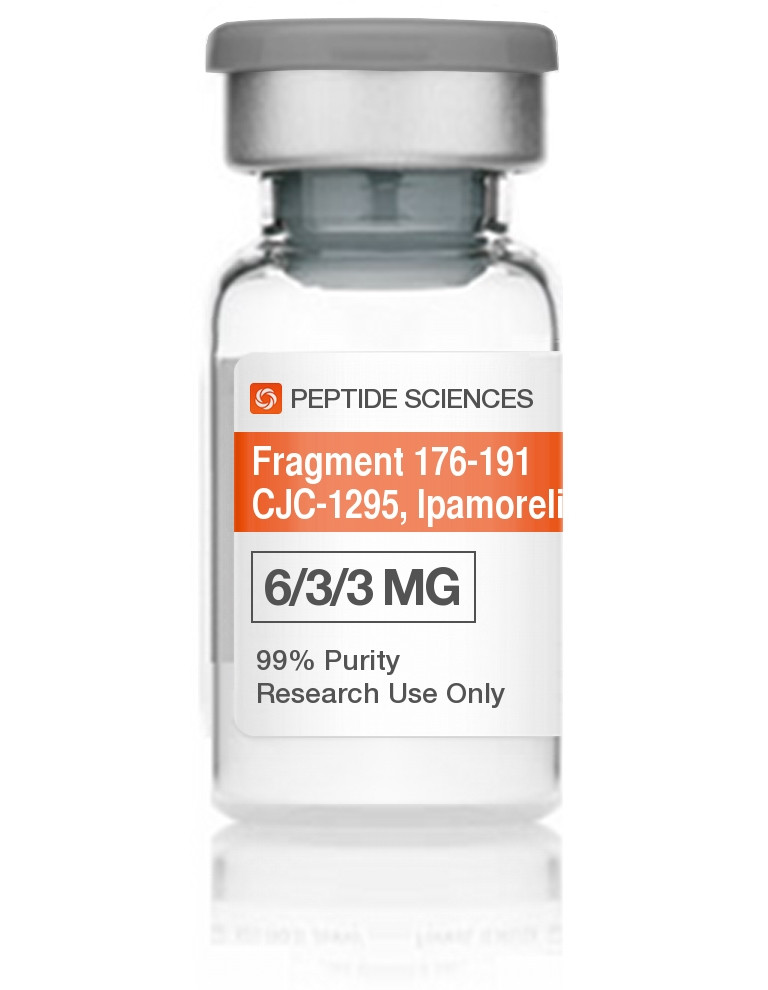
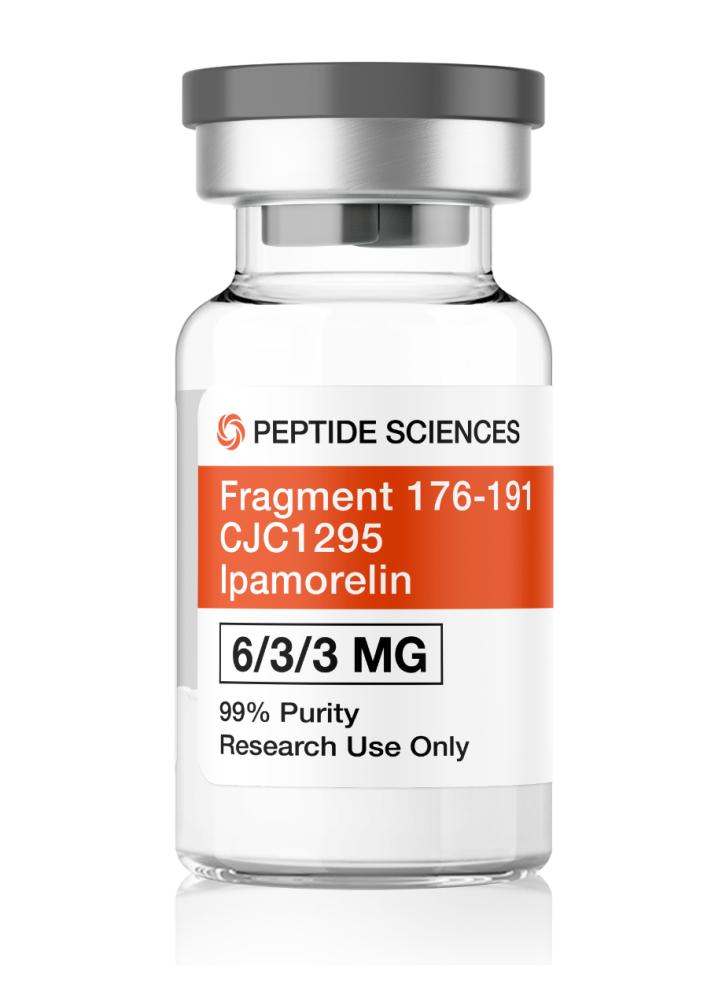
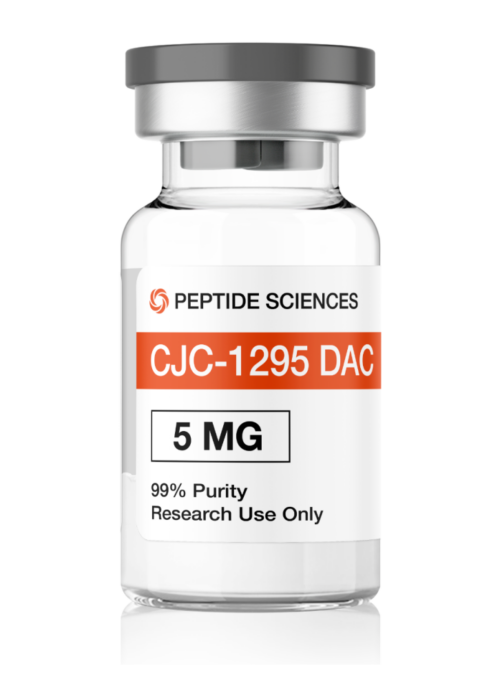
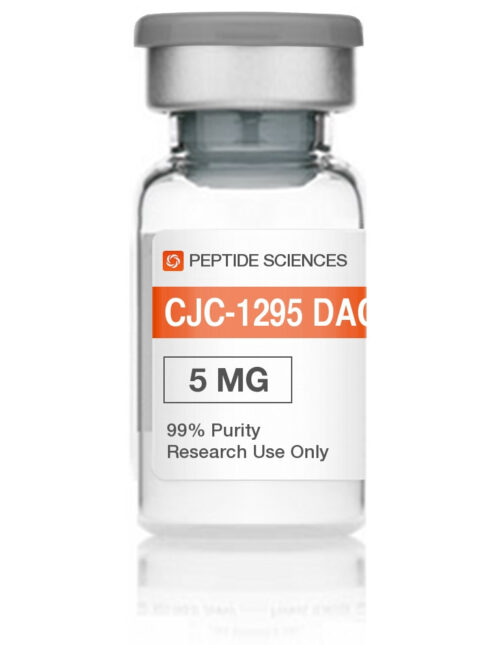
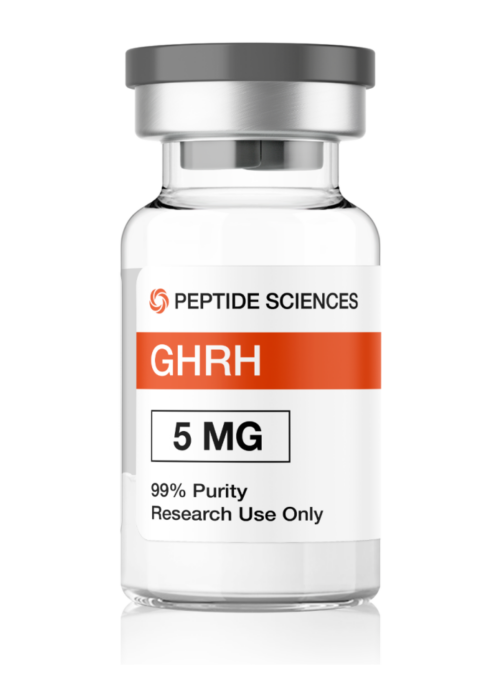
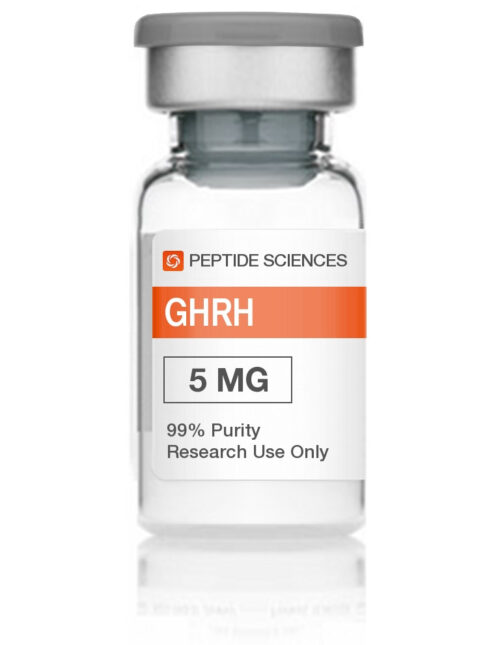
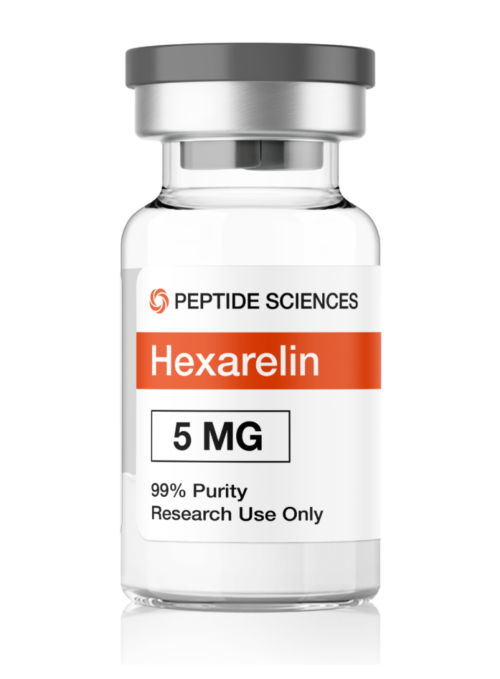
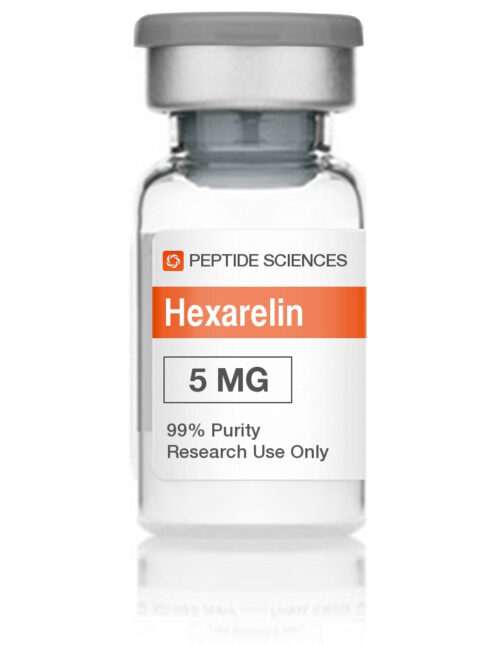
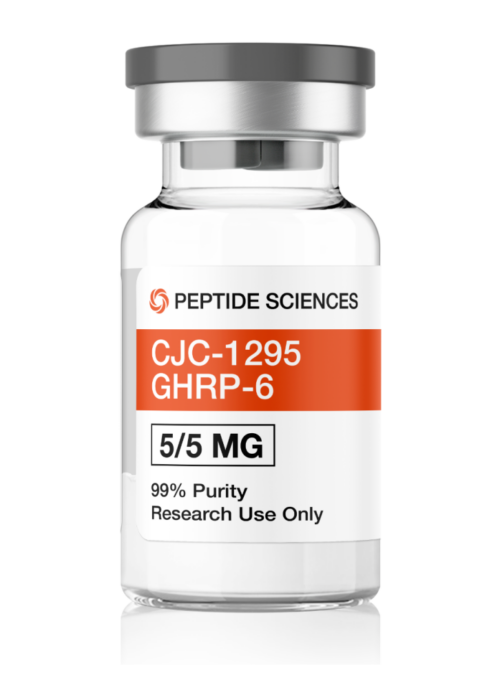
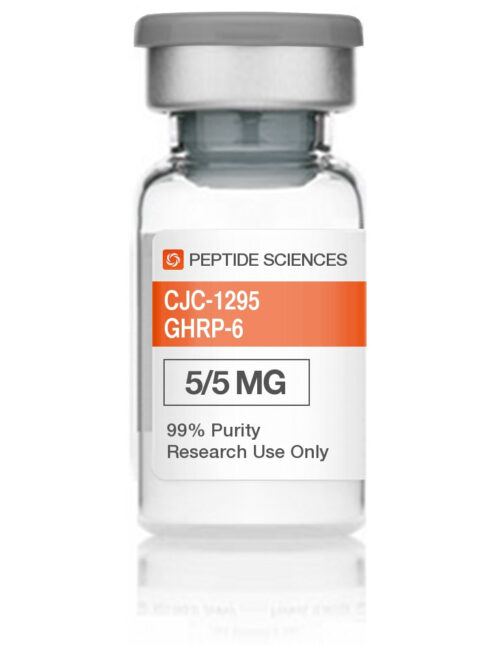
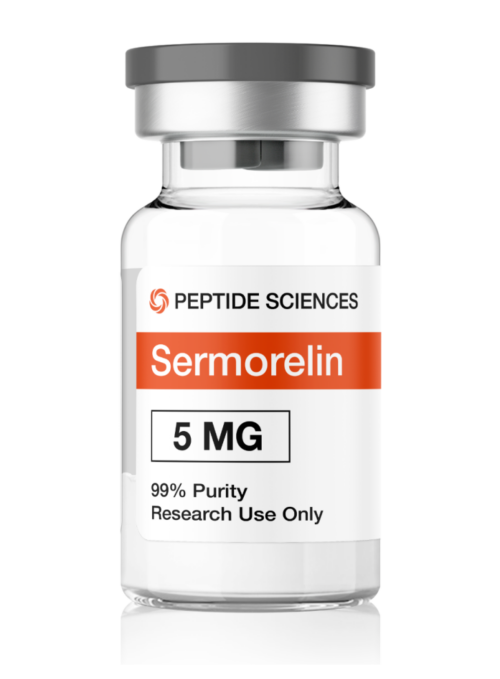
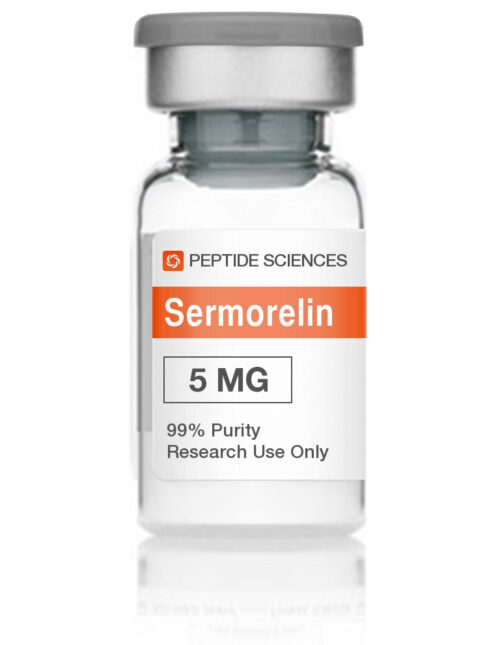
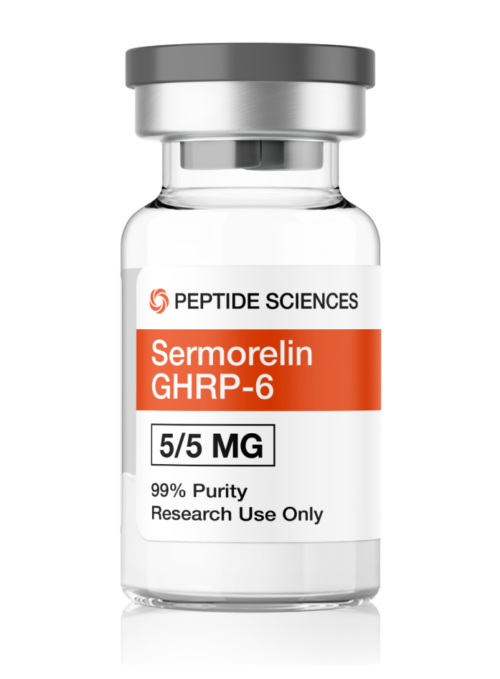
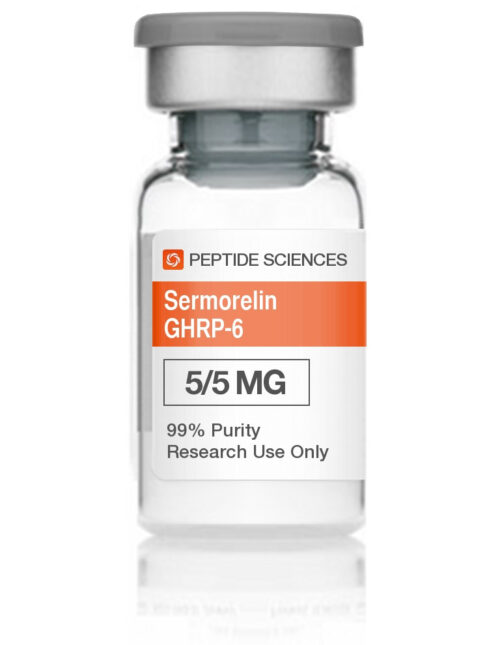
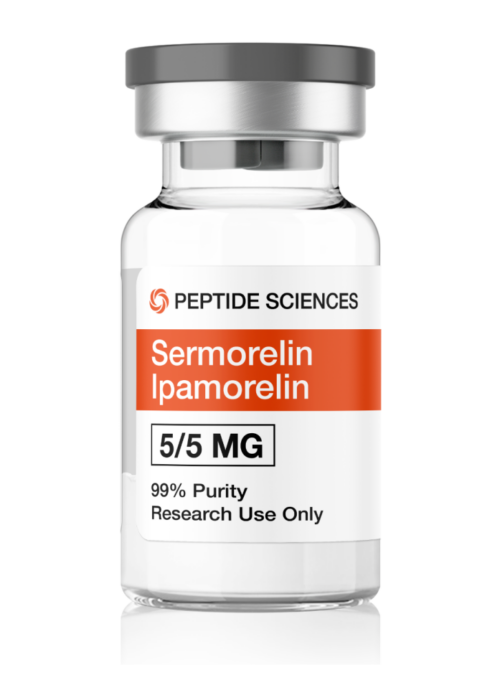
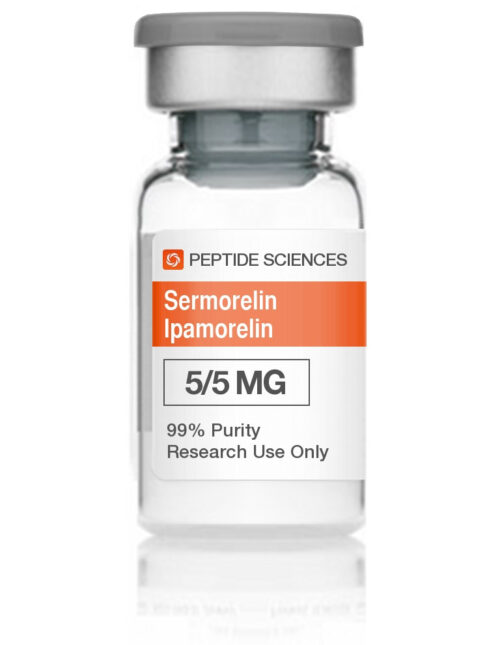
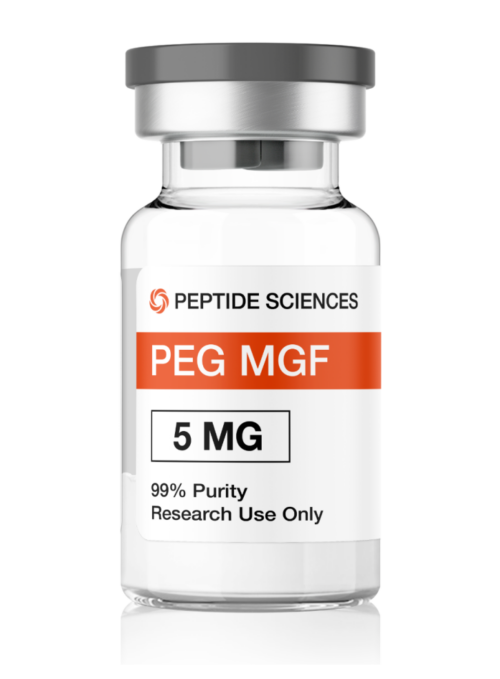
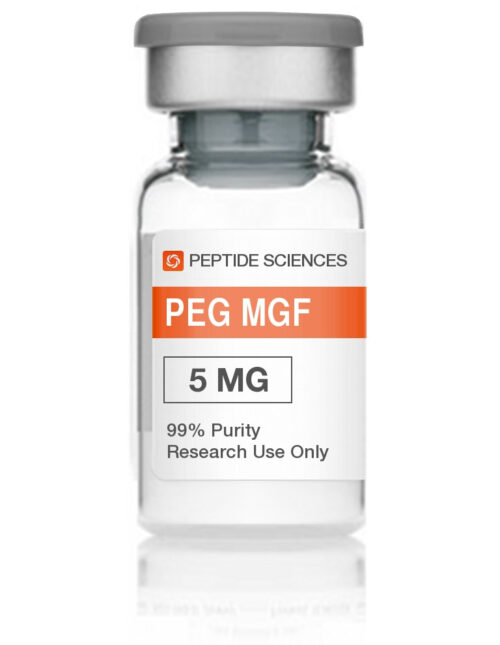

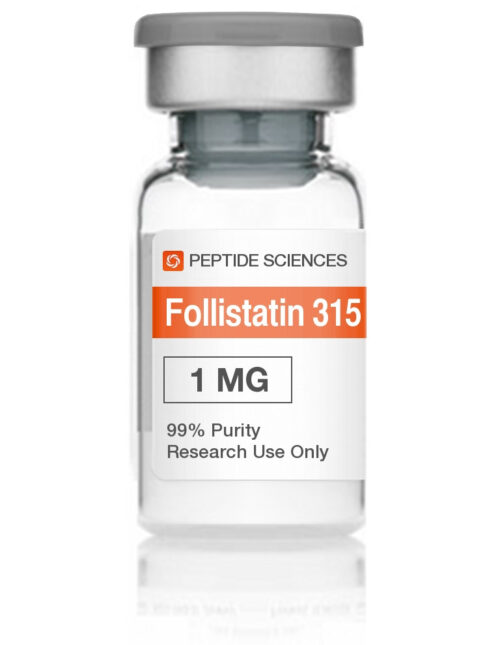
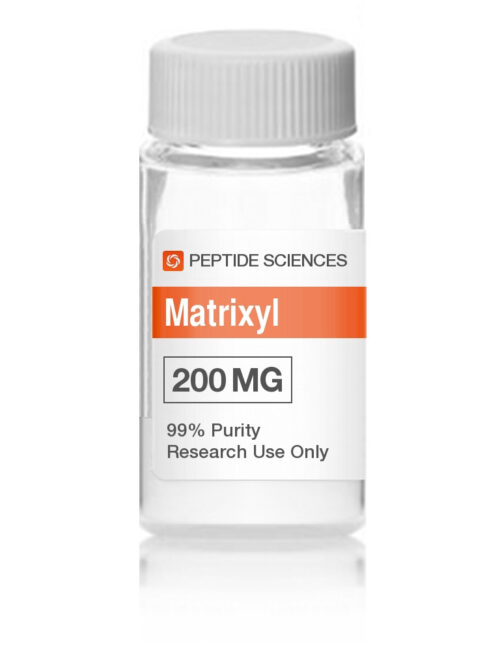
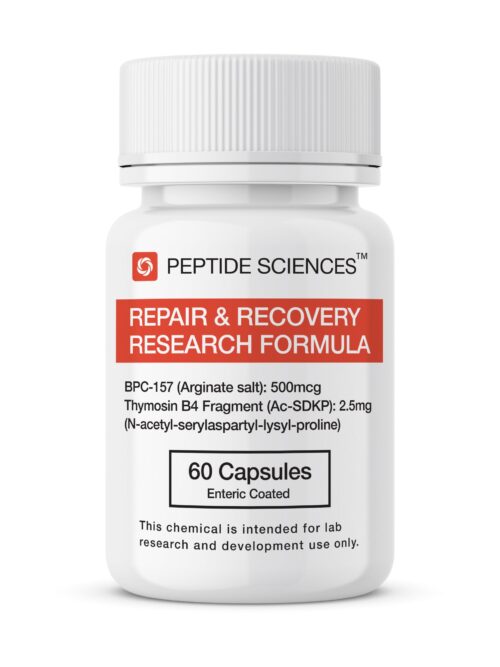
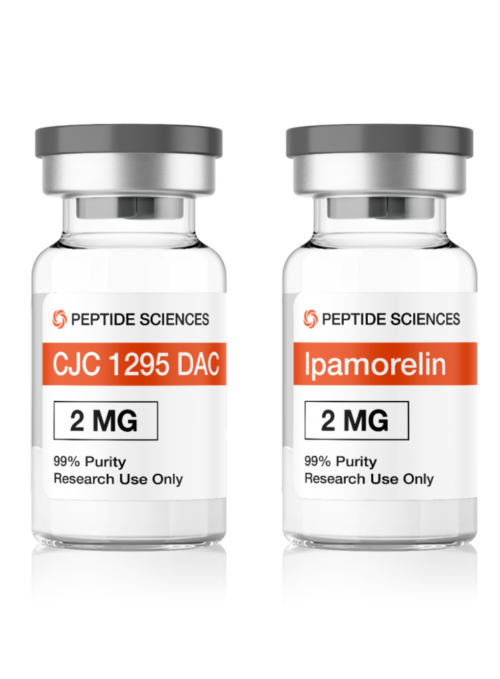

Reviews
There are no reviews yet.